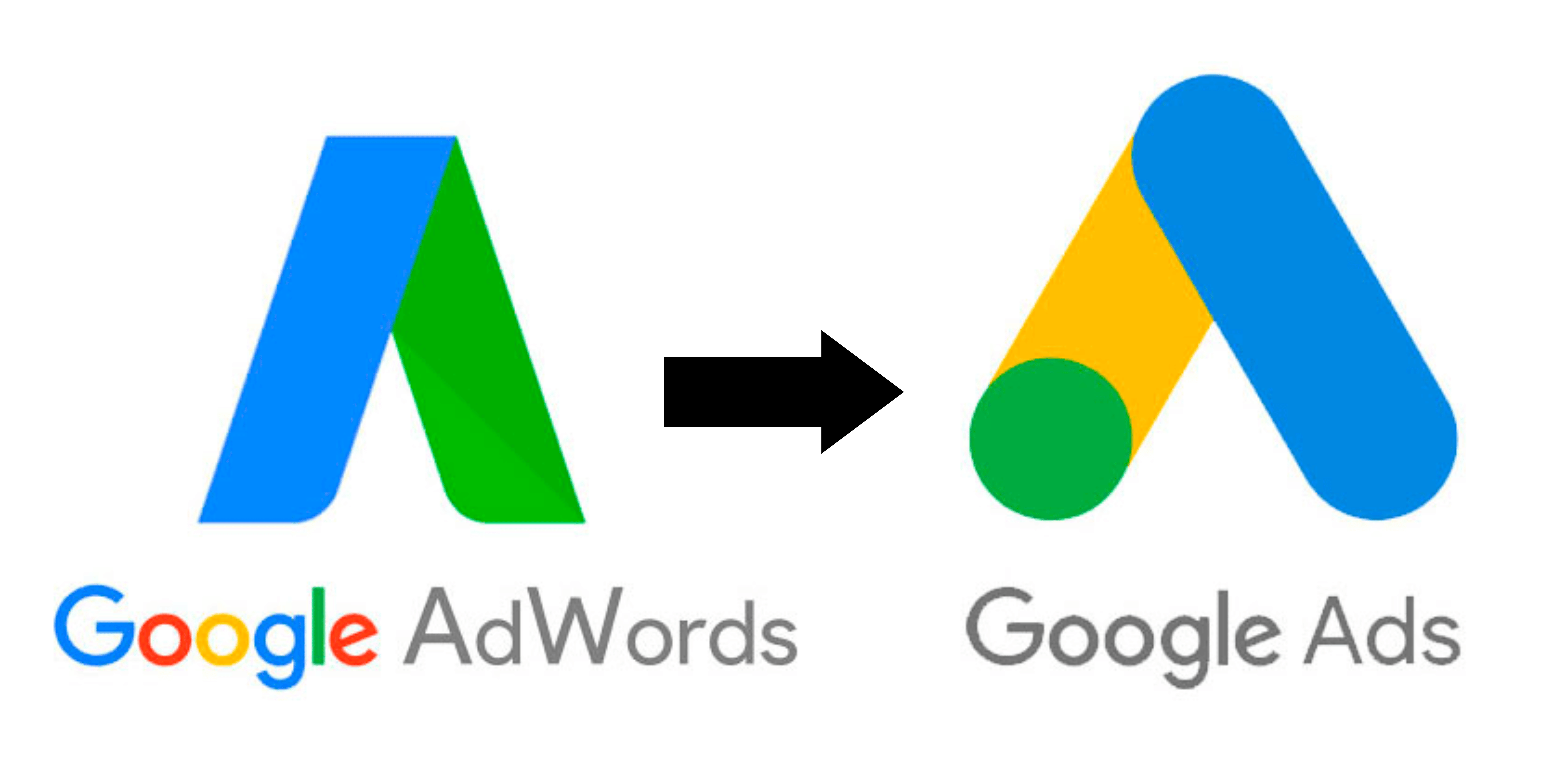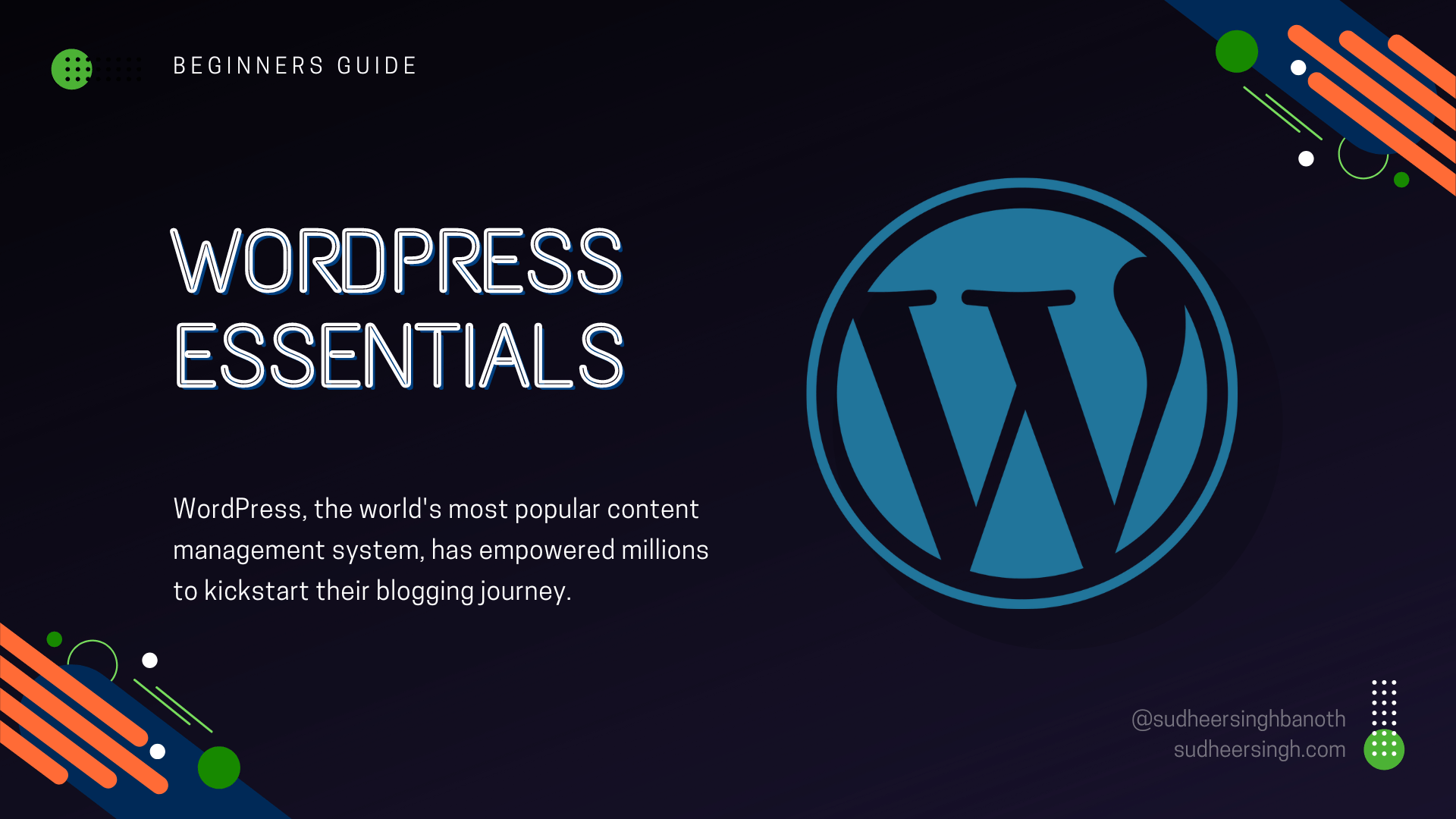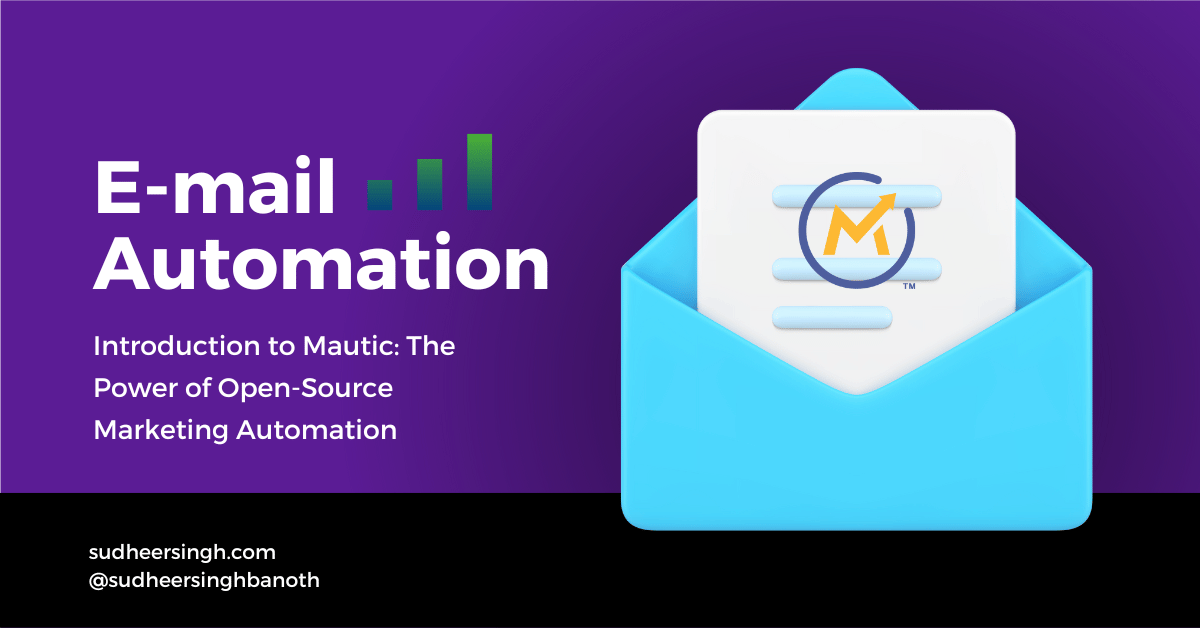The Evolution of Google Ads: A Journey from AdWords to the Future

Since its debut in the year 2000, Google Ads (formerly known as Google AdWords) has reshaped the landscape of online advertising. What started as a simple pay-per-click service has matured into a vast digital marketing tool. Let’s take a trip down memory lane and trace its evolution.
2000: The Dawn of AdWords
Google AdWords was launched as a pay-per-click (PPC) advertising system. With just 350 advertisers to start, it offered a simple text-based ad that appeared on the Google search results page.
2002: Introduction of Cost-Per-Click (CPC)
Two years post-launch, Google transitioned from a monthly billing system to the CPC model. This was also the year AdWords got its first dashboard redesign.
2003: AdSense and Analytics Join the Party
Google launched AdSense, allowing advertisers to display their ads on relevant third-party websites. Later that year, Google Analytics made its debut, providing tools to track website traffic and ROI.
2005: The Age of Video and Display Advertising
Google acquired YouTube, leading to the advent of video ads. The Display Network was also introduced, giving birth to banner ads and significantly widening Google’s advertising reach.
2007: Mobile Steps into the Spotlight
With mobile devices gaining traction, Google AdWords rolled out mobile ads, emphasizing the shift in user behavior from desktop to mobile browsing.
2009: Real-time Search and Ad Sitelinks
Google incorporated real-time search results, bringing real-time updates from social media and news. AdWords introduced Ad Sitelinks, allowing multiple landing page options from a single ad.
2010: Enhanced Campaigns and More
Google shifted focus towards cross-device marketing with the introduction of Enhanced Campaigns. This allowed advertisers to target users across devices and locations more effectively.
2013: The Age of Remarketing
Dynamic remarketing was launched, allowing businesses to show tailored ads to users based on their previous online actions, bringing personalization to the forefront.
2016: Text Ads Expand
Google unveiled Expanded Text Ads, offering advertisers double the headline length. This was a game-changer, leading to better ad performance due to increased visibility.
2018: Google AdWords becomes Google Ads
Rebranding to Google Ads signaled Google’s broader focus beyond traditional search advertising. This year also saw the introduction of Smart Campaigns, targeting small businesses.
2019-2021: Automation and Audience-centric Advertising
With machine learning and AI playing a pivotal role, Google Ads enhanced its automation features. Bidding strategies became smarter, and audience targeting became more granular, refining the ad delivery process.
2022 and Beyond: The Next Chapter
Google Ads continues to evolve, with a growing emphasis on privacy, user experience, and bridging the online-offline gap. As advertisers, it’s crucial to stay abreast of these changes to craft successful campaigns.
Conclusion
The journey of Google Ads from a basic search advertising tool to a comprehensive digital marketing platform is nothing short of remarkable. Its evolution mirrors the rapid changes in the digital space. As we anticipate the next wave of innovation, one thing remains clear: Google Ads will continue to be at the forefront of digital advertising.



